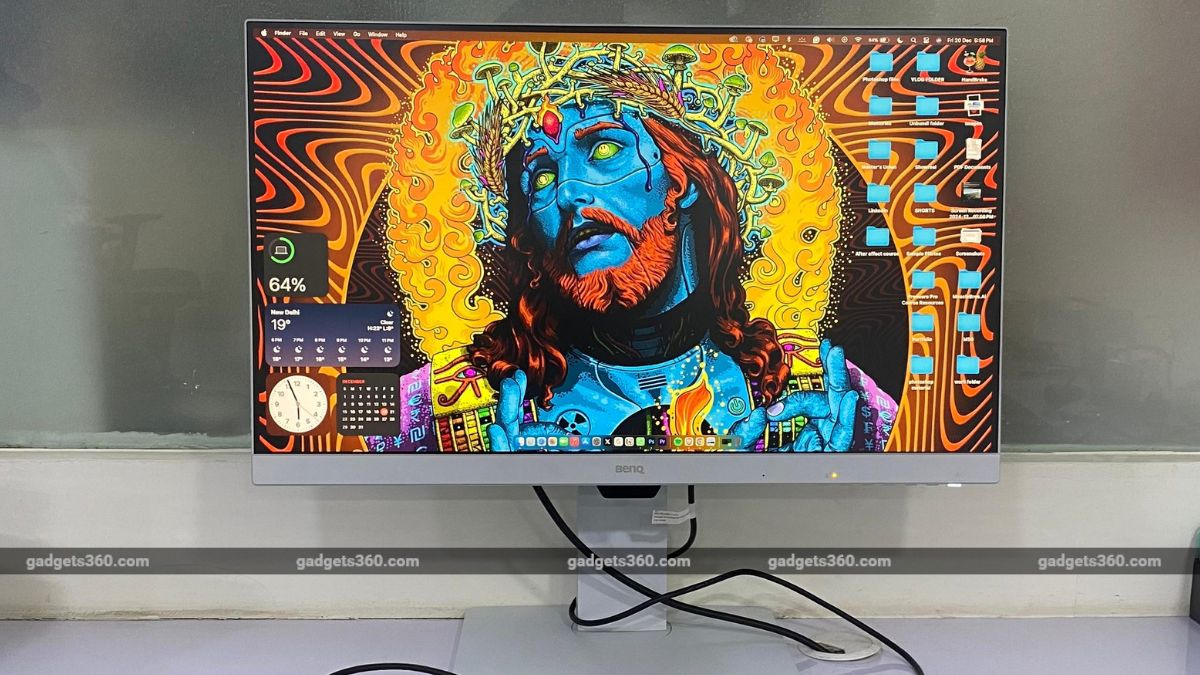
An example of a broken ghost gun. Credit: Raviv Lab
3D printing is a simple way to create custom tools, replacement pieces and other helpful objects, but it is also being used to create untraceable firrms, such as ghost guns, like the one immedia The late 2024 Killing of UnitedHealthcare Ceo Brian Thompson.
Netanel Raviv, Assistant Professor of Computer Science & Engineering in the McKelvey School of Engineering at Washington University in St. Louis, LED a team from the departments of computer science & engineering and biomedical engineering that have developed a way to create an embedded fingerprint in 3d-printed parts Broken, Allowing Authorities to Gain Information for Forensic Investigation, Such as the Identity of the Printer or The Person Who Owns It and the Time and Place of Printing.
The research will be presented at the Usenix Security Symposium Aug. 13–15, 2025, in Seattle. The first authors of the paper are canran wang and jinweng wang, who earned doctors in computer science in 2024 and 2025, respectively. The research is Published on the arxiv Preprint server.
Fingerprinting in 3D printing embeds unique, traceable data, such as timestamps, geolocations and printer identification, into each item and allows items to be treated to the creator. While there multiple ways to create fingerprints, none have looked at how these fingerprints may stand up to someone who tampers with or breaks the item Item Item ITO Pieces.

Netanel Raviv and Members of His Lab Have Developed A Way to Create an Embedded Fingerprint in 3D-Printed Parts that would be with the Item Being Broken, Allowing Authorities to Gain Information for Forensic Investigation. Credit: Raviv Lab
Raviv’s Team Developed Mathematical Techniques To Embed Information Id Printed Objects in A Robust Way and Cupled Them With Security Mectesms to ENFORCE 3D-PRINTERS to Embed-PRINTERS to Embeds to Embeds Top Objects they print. The team’S Framework, Secure Information Embedding and Extraction, or Side, Uses Break-Resilient, Loss-Telant Embedding Techniques that Stand Up Against Adversaries and ACTS S A SECUNS ACTS AS AS AS AS AS AS AS AS AS AS AS AS AS AS AS AS AS AS AS AS AS S A SCAN SAS ACTS S A
The technique is Built on research Raviv and his student presented in July 2024 at the IEEE International Symposium on Information Theory. That research focused on creating a mathematical framework for an encoder that would recover original information bits from fragments of broken 3d printed objections from adversarial tampering.
“This work opens up new venues for protecting the public from the harmful aspects of 3D printing via a combination of mathematical contributions and new secondary mechanisms,” Raviv Said. “While side has limitations in defending against Resourceful Attackers with Strong Expertise in 3D Printing, It Significly Raieses the Level of Sophism Required from the adversary to remain undetected after committing the crime. “
More information:
Canran wang et al, secure information embedding in Forensic 3D fingerprinting, arxiv (2024). Doi: 10.48550/arxiv.2403.04918
Citation: Unique Fingerprints in 3D Printing May Foil Adversaries (2025, August 18) Retrieved 18 August 2025 from https://techxplore.com/news/2025-08-unique-fingerprints-3d-foil-dversaries.html
This document is Subject to copyright. Apart from any Fair Dealing for the purpose of private study or research, no part may be reproduced without the written permission. The content is provided for information purposes only.


